DIY solar hot water using PEX coil - David Norman
The following is a DIY solar domestic hot water (solar thermal) system made by David Norman in Florida.
Before you ask, some have mentioned that more heat can be collected by spreading out the PEX into more spirals, enlarging the collector, however when you see the results below you'll see it does the job very well as is, even better than it needs to at times. Also, this is not an uncommon design. It's very similar to what are called bread box solar heaters or batch solar heaters, except that normally a tank is housed in the box instead of a long length of PEX.
Thanks to David for sharing these details so others can benefit from it.
This project consisted of building a Solar Box/Oven for 300' of 3/4" PEX-B Tubing to sit inside of and was built using 2x12's with a finished size of 36"x36". 1/2" plywood was used for the backing with 1" Polyiso Board sitting on top of that with a thick piece of sheet metal plate, chaulked all around, on top of that.
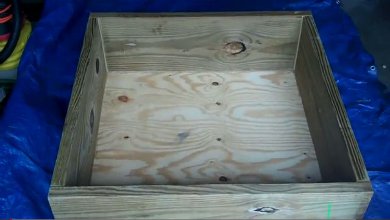
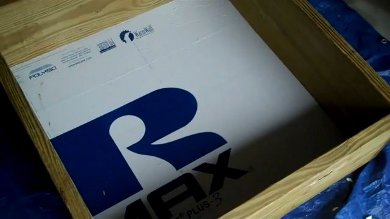
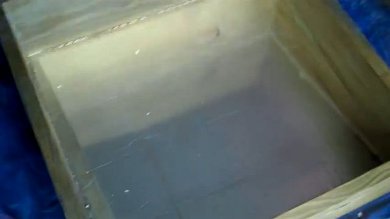
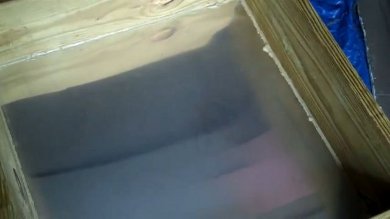
Everything inside the box was painted a flat black including the aborber plate, inner/outer box walls, and Krylon Fusion Paint for the PEX coil.
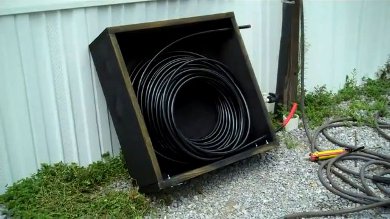
The top of the box recieved a double pane argon-filled Low E window in vinyl sash which has good light transmittance with ability to retain heat in the box. The window was custom made at Lowes. The collector box is on a 30 degree angle from vertical.
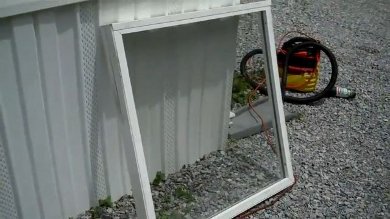
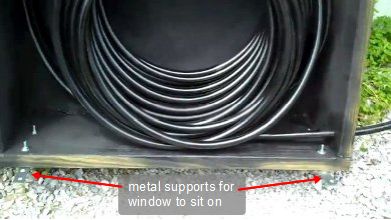

The water is piped about 15 feet through a crawl space and then up about 10 feet to the tank. This pipe run uses CPVC rated at 180F at 100 psi.
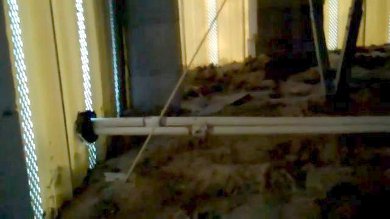



The system is piped in parallel with the water heater so the house hot water supply is either fed by 100% solar collector water or from the standby electric water heater (accomplished via bypass valves) in the 40 gallon tank.
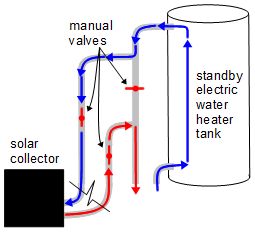
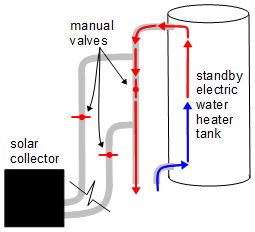
Results
Summer
Results after 5 hours of solar heating starting with 55F well water :
90F totally sunny day (30 degree collector angle):
Temp. inside collector: 140F
Exiting water temp.: 136F
93F totally sunny day (collector laying horizontal on the ground):
Temp. inside collector: 160F
Existing water temp.: 158F
84F totally cloudy day with mostly rain (30 degree collector angle):
Temp. inside collector : 105F
Exiting water temp.: 100F
Winter (January)
In wintertime here in northwest Florida when the highs are about 55F during the daytime, by 4 pm I'm still getting 115-120F hot water so long as its mostly sunny out. The Collector has been thru a few nights of 24F with no damage to the PEX plastic tubing (and I don't drain it down at all.)
The PEX coil holds about 6 gallons, but since I live alone ... it is more than enough hot water for my limited water useage for 100F showers and occasional dishwasher. In fact on a sunny day I have to cool it down a lot with cold water at the shower head so I'm using less than the 6 gallons of collector water. The PEX-B Tubing I used has a rating of 200F at 100 psi and the CPVC leading from the collector box to the house is rated at 180F at 100 psi.
Total material cost was under $400 including:
- $100 for the custom made window,
- $60 in lumber, and
- about $120 for the PEX tubing.
This project is ideal for someone who has minimal daily hot water requirements; more PEX coils can be added for greater storage capacity if needed. The aim of this system was to keep it inexpensive, uncomplicated, without the use of a seperate water storage tank/controls/pump and to provide adequate hot water for one person.
Other notes
1. UV rays are not a concern because the chosen glass eliminates almost all of the UV, plus the PEX is painted black three times over.
2. Expansion of the PEX coil is not a concern because space is left around the PEX coil within the box.
3. Performance is exceptional... a 40F temp. rise within the box after two early morning hours of direct sunlight.
4. Copper was considered, but it is cost prohibitive for a low cost install.
5. Doesnt need draining down... no hard freezes.
From correspondance with David it's clear that this isn't like your normal solar hot water collector. The water is intended to sit in the 300' of PEX tubing in the box/solar oven being heated until needed. So it's really a combination of plastic spiral tube collector, storage tank and solar oven. Judging by the results, it does it's job well. And as I said in the intro above it's very similar to what are called bread box solar heaters or batch solar heaters, except that normally a tank is housed in the box instead of a long length of PEX.
